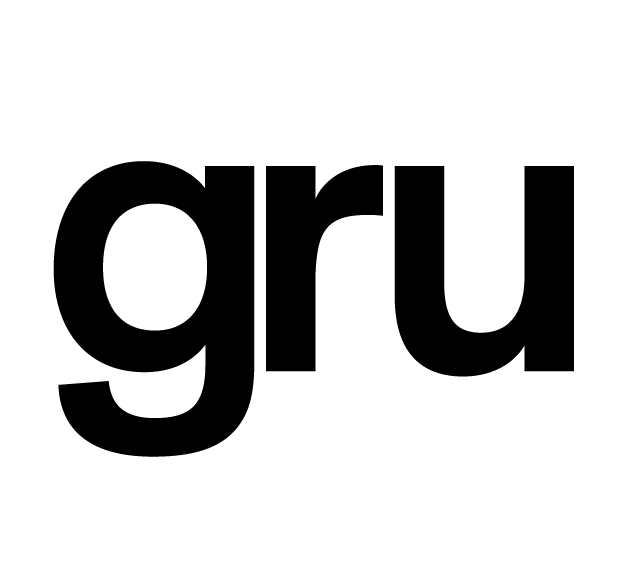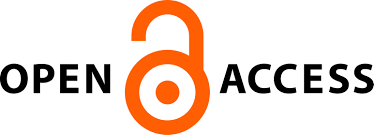THE DWELLING PROCESS IN BOGOTÁ
Case study Ciudad Bachué, Modes of habitation and physical-spatial needs.
DOI:
https://doi.org/10.5821/siiu.13120Abstract
The modern movement contributed in the realization of urban plans for the main cities of Colombia; in Bogotá, the Ciudad Bachué urbanization was one of those projects executed in the 70ˋs. Housing development was in charge of the government during the 20th century, through the Banco Central Hipotecario (BCH) and the Instituto de Crédito Territorial (ICT) for popular strata. Ciudad Bachué was the first and only urban experiment in progressive development multifamily housing carried out by the ICT in its history, the second floors were incomplete duplexes, the third floor, row units with the possibility of expansion to a fourth level, but due to the absence of regulations, the inhabitants continued the self-construction of six or more floors in height, recalling processes of informal progressive development and productive housing, by the need to get rent from it, and that to date have not been academically recorded.
Downloads
Published
Issue
Section
License
Copyright (c) 2024 Creative Commons

This work is licensed under a Creative Commons Attribution-NonCommercial-ShareAlike 4.0 International License.
Aquellos autores/as que tengan publicaciones con esta revista, aceptan los términos siguientes:
- Los autores/as conservarán sus derechos de autor y garantizarán a la revista el derecho de primera publicación de su obra, el cuál estará simultáneamente sujeto a la Licencia de reconocimiento de Creative Commons CC BY-NC-ND- 4.0 que permite a terceros compartir la obra siempre que se indique su autor y su primera publicación esta revista, pero no se pueden cambiar ni se pueden utilizar comercialmente.
- Los autores/as podrán adoptar otros acuerdos de licencia no exclusiva de distribución de la versión de la obra publicada (p. ej.: depositarla en un archivo telemático institucional o publicarla en un volumen monográfico) siempre que se indique la publicación inicial en esta revista.
- Se permite y recomienda a los autores/as difundir su obra a través de Internet (p. ej.: en archivos telemáticos institucionales o en su página web) antes y durante el proceso de envío, lo cual puede producir intercambios interesantes y aumentar las citas de la obra publicada. (Véase El efecto del acceso abierto).











